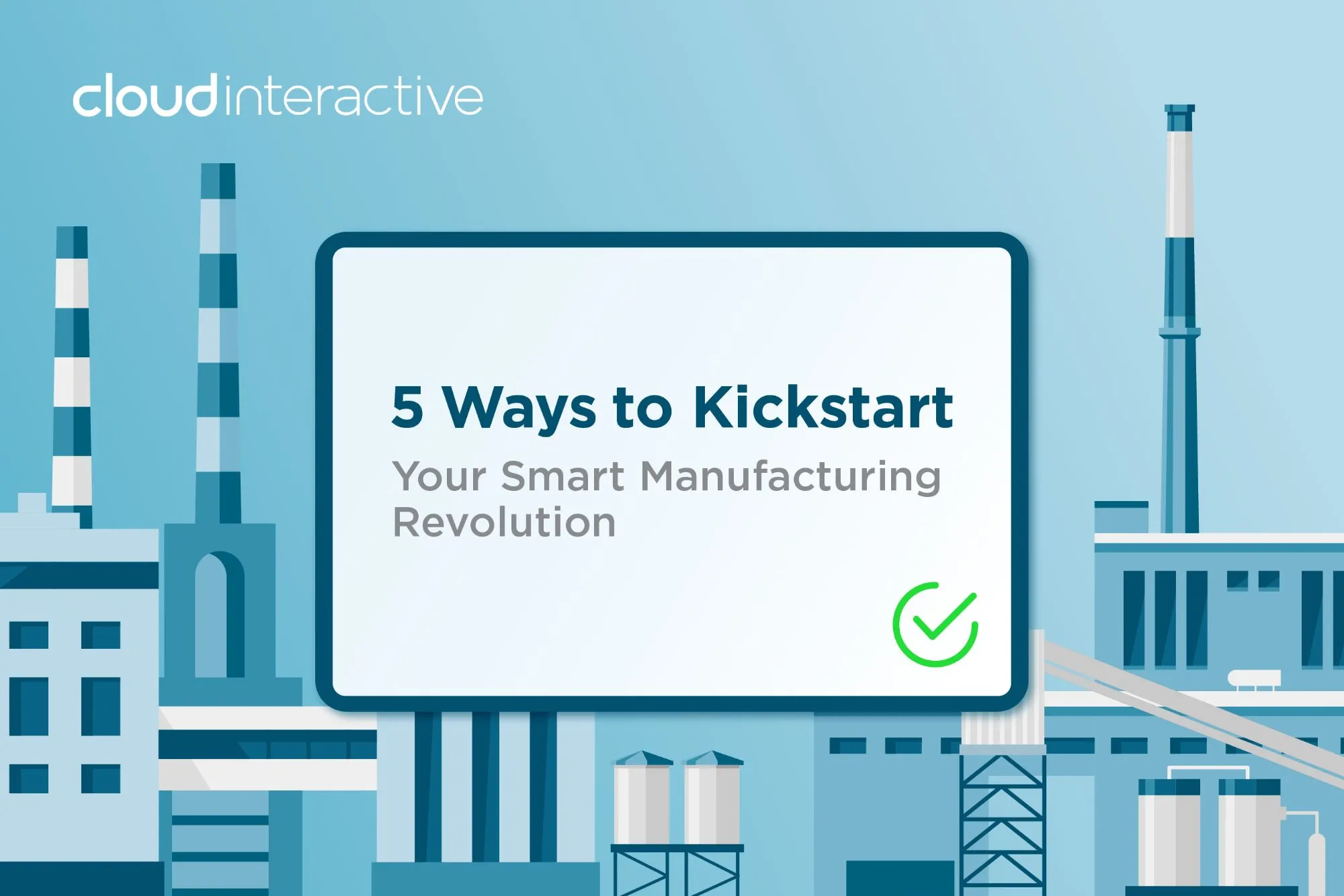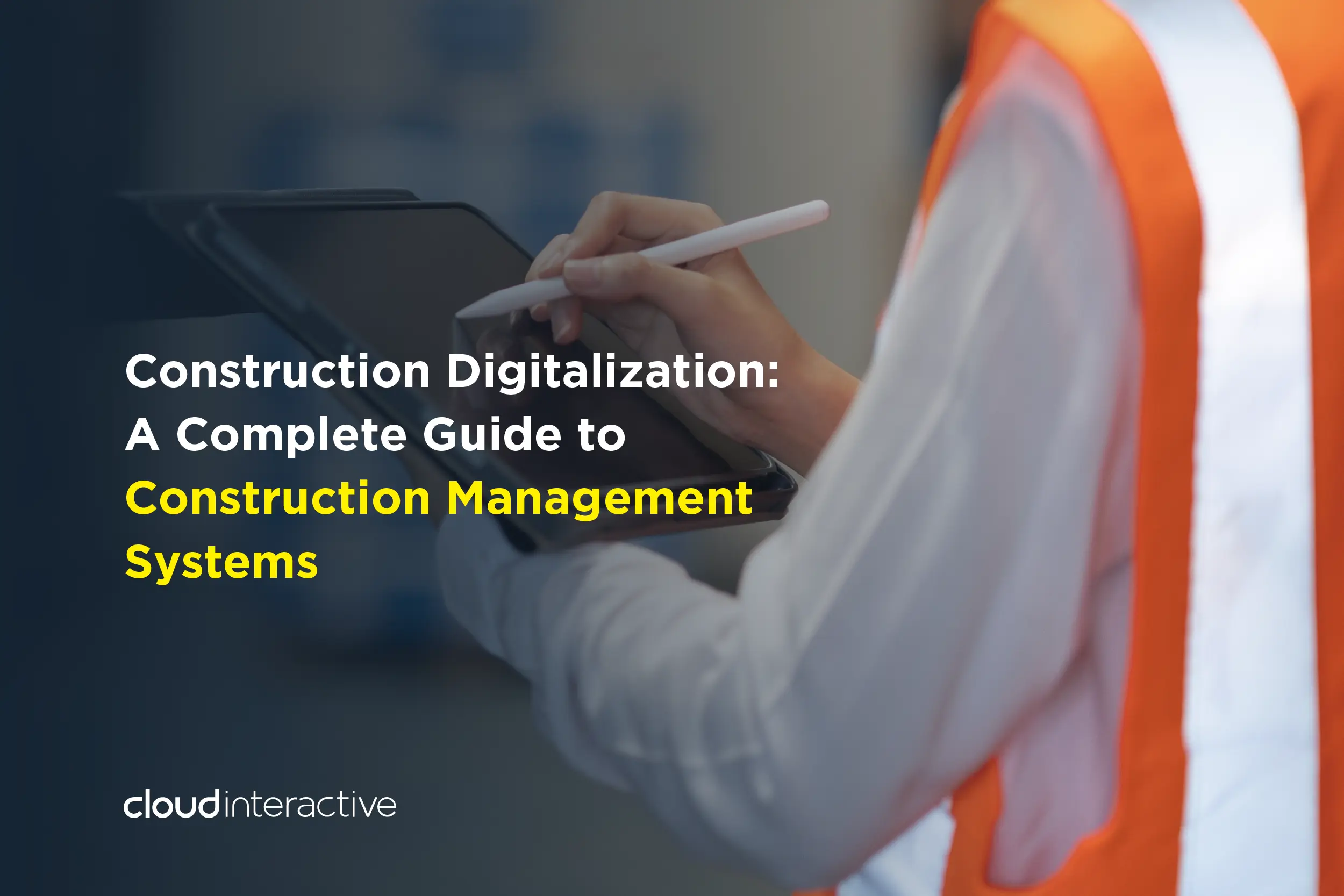
5 Ways to Kickstart Your Smart Manufacturing Revolution
No single solution works for every business — only one that’s most suitable.
Global manufacturers are currently facing consequential challenges as digitalization transforms modern manufacturing into a highly connected, intelligent, and, ultimately, more productive industry. We are witnessing a growing demand for products that are highly customized to the individual needs of end customers, which means that improving operational productivity, production efficiency, and product quality have become increasingly more crucial to manufacturing companies.
Common Issues that the Manufacturing Industry Faces
It’s no surprise that COVID-19 has made a tremendous impact on traditional manufacturing operational and sales models, as well as consumer behavior, which has led to a different Industry 4.0 future than anticipated. To succeed in smart manufacturing globally, businesses will need to scale up and fully integrate their supply chains. The pace at which executives respond to specific issues will not only influence their factories’ productivity and efficiency but also the extent their companies will gain — or even lose — a competitive edge.
The belief that automation means smart manufacturing
When it comes to manufacturing, many tend to think that minimizing human error is the key to improving production quality and efficiency. In fact, the true power of smart manufacturing lies in its ability to adapt and learn from real-time data to make smart factories more responsive, proactive, and predictive, while enabling companies to avoid operational downtime and other productivity challenges. Proper use of IoT (Internet of Things) technologies, including big data analysis and AI (artificial intelligence) to optimize manufacturing processes is the true realization of smart manufacturing.
Humans fearing that robots are coming for their jobs
There’s growing concern these days that automation will dehumanize work processes. As AI will indeed automate the most repetitive and physical tasks, it will also push human professionals to develop uniquely human skill sets such as creativity, social abilities, empathy, and collaboration, which machines cannot automate. As a result, AI will make the workplace more human, not less.
Legacy IT infrastructure delaying digital transformation
To make progress toward digital transformation without destabilizing the software development process, organizations should understand how to establish an IT infrastructure that connects the entire enterprise and enables the business to participate in new manufacturing ecosystems with OEMs, peer suppliers, and end customers. At the same time, integrating OT and IT domains should be an absolute requirement.
The 5 Essentials for Smart Manufacturing Success
We understand that your company is eager to move forward. You want to deliver great customer experiences, take advantage of new technologies to cut costs, improve quality and efficiency, and build value. You want to stay ahead of the competition yet explore new business models and practices. But how? Check off each of these five ways to get your digital transformation off the ground.
1: Enhance your technology backbone with a modern IT infrastructure
IT infrastructure is critical to a favorable digital transformation process. Research reveals that senior IT decision makers see the benefits of IT modernization, including revenue growth, accelerated time-to-market, and reductions in business operational costs and risks. Even though business leaders understand the norm, most aren’t ready for innovation just yet, due to their organizations’ legacy technology. Thus, prepare to transform your business only after first modernizing your IT environments, so that you achieve expected value from your investment.
2: Figure out your business objectives before you invest in anything
At this moment, you probably have a comprehensive understanding of your current operational processes, and there are likely problems you want to fix. Be sure to prioritize goals which can help you solve problems or even refine your business strategy, so that you know in which direction you should move and can consequently implement change in phases. Also, since digital transformation encompasses cultural, organizational, and operational changes, ensure that you have the technology, people, and processes in place to make it happen. Once all of these objectives are set, you’ll be able to identify the most urgent problems which need immediate resolution.
3: Customize your digital strategy with unique business needs and goals
Just as there is no panacea for all problems, there is also no single path to successfully achieving a smart manufacturing solution. Small-scale manufacturers operate with slimmer margins than larger companies, so their top priority might be using digitalization to avoid waste. On the other hand, large-scale manufacturers may focus more on utilizing more sophisticated sensors and networks to optimize production processes and enhance product quality. Every company will operate differently, but once you understand your unique business objectives and weaknesses, you’re not far from success!
4: Leverage experts and professional partners
Digital transformation is about combining talent and technology. It’s possible that you may not currently have the internal expertise to take on a digital transformation. It may even make more sense to team up with an experienced business partner to help you adopt changes and also accelerate your digital journey. The ideal consulting partner can lead to quicker processing times, higher revenues, error reductions, and better customer experience. So why not? Most of today’s wildly successful companies, such as Apple, Facebook, and Amazon, purposely have strategic partnership ecosystems with other businesses to help drive them forward. Your company can grease the wheel of growth, too, by aggregating skills, tools, and ideas from your strategic partner network.
5: Know that digital transformation is an ongoing process
If your company has already prepared the steps outlined above, you now have a good start on preparing your organization for change! Smart manufacturing does not have a set of standard operating procedures; in fact, it’s a never-ending process. It’s an ongoing evolution, a continuous journey toward transforming internal processes, by embracing customer-facing improvements and optimizations.
Assisting companies in achieving their digital transformation goals and providing the most appropriate solutions for their needs have always been top initiatives at Cloud Interactive. To learn more about partner ecosystems and how to build solid IT infrastructure, stay tuned to find out when our Intelligence Enterprise Summit 2021 will take place later this year!
Cloud Interactive has a comprehensive and diverse team that helps businesses master digital transformation. Contact us now to find out how we can make your outdated manufacturing methods “smarter!”
By Cloud Interactive
Meet the masterminds behind the curtain at Cloud Interactive. We're not just software developers - we're also a content crew fuelled by caffeine and a thirst for knowledge. We translate tech jargon into plain English, dissect industry trends, and craft helpful tips that are informative and engaging. So, buckle up and join us on a journey through the ever-evolving and exciting world of technology!


